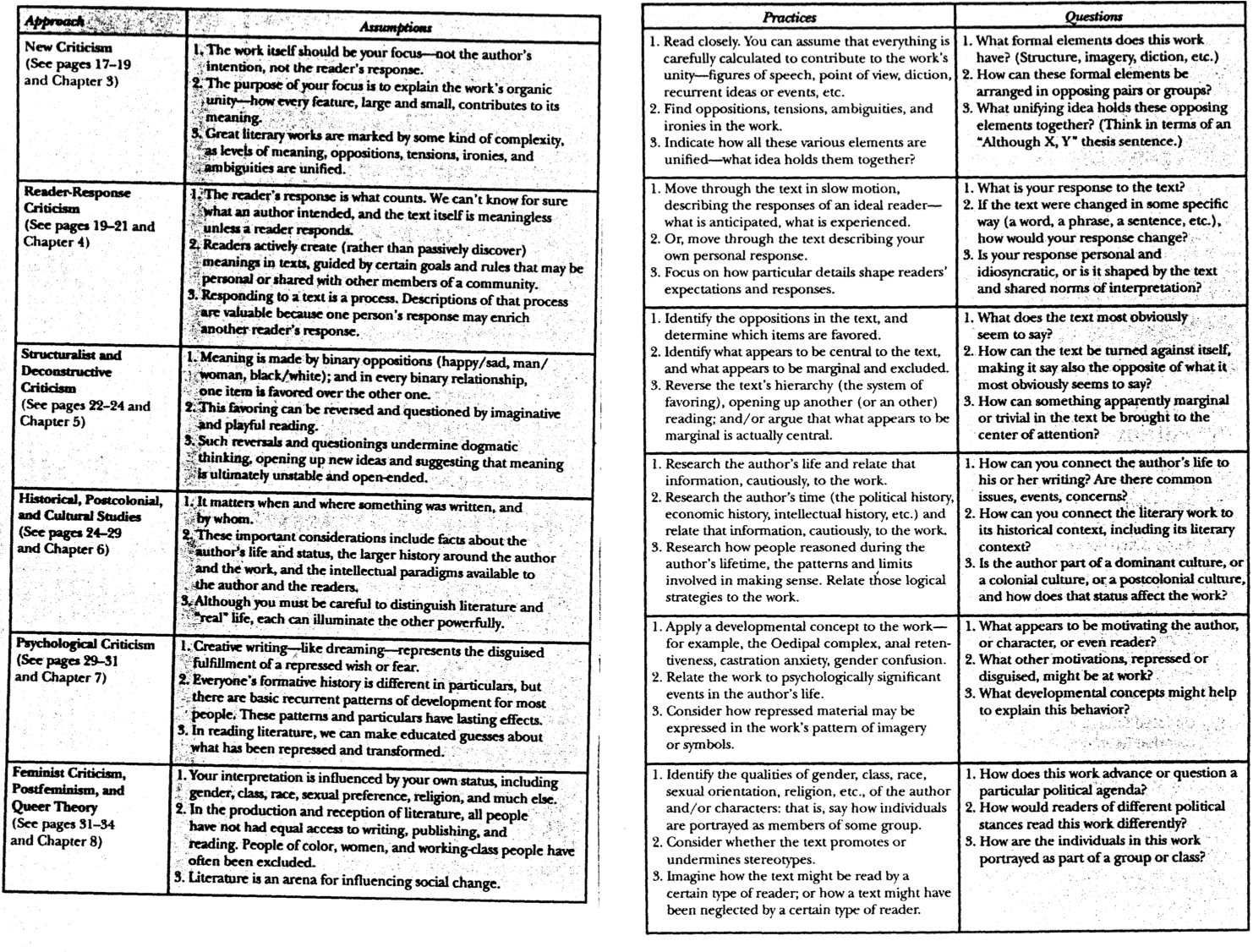
I will try to put information & links for the latest, most current readings at the top.
There is an electronic version of the book at the University of Virginia.
Joyce Carol Oates has written a short story from the perspective of the ghosts at Bly; the full text of "The Accursed Inhabitants of Bly" can be found here.
You might want to take a look at The Ladder, an excellent Henry James site, where you can find a thorough hypertext concordance to The Turn of the Screw. There's a brief passage in James' notebooks about where he got the idea for the story.
The tale was commissioned by, and first appeared in, Collier’s Weekly, vol. 20-21, 27 January-16 April 1898; it was revised by James in 1908 for his New York edition. In his preface to that edition, he referred to it as "the strange and sinister embroidered on the very type of the normal and easy."
Here's a trailer for a 2009 BBC adaptation of the novel.
There's a well-regarded film adaptation from 1961 called The Innocents.
PBS has a lovely family tree for the James family. There's also a link to a Henry James timeline at the PBS site. It's a little awkward, but once you get the flash version working, you can do some interesting things to see what's going on with James' personal and professional life, as well as in the world.
Glaspell's play is based on a real-life murder of John Hossack in December of 1900 in rural Iowa. Susan Glaspell was a reporter there at the time. She did investigative reporting into the events and covered the trial of Margaret Hossack, the wife and accused killer. After writing extensive newspaper coverage of the story, Glaspell went on to write the play, Trifles (1916) and the short story "A Jury of her Peers" (1917), both about the Hossack case.
There's a wonderful website, Midnight Assassin, that is connected to a book of the same title that explores the history of the case and the legal proceedings.
There's a great Alfred Hitchcock Presents rendition of "A Jury of Her Peers." http://www.youtube.com/watch?v=TCrdW_HdrwA
For some opening writing, please address these questions:
1. Choose a favorite line, passage, or exchange from Trifles. Why is it significant?
2. What points of comparison or connection might we make between Susan Glaspell’s Trifles and Ambrose Bierce’s “The Boarded Window”?
3. What critical theory or theories might be useful “ways into” either Trifles or “The Boarded Window”?
We talked a lot last time about looking closely at details and language. And I've stressed a lot how important just one word can be.
I have some bad news, though. The following two paragraphs are copied and slightly adapted from my own article on teaching this story -- http://www.ambrosebierce.org/journal4marshall.html
Many of you careful readers point to a key word in the description of the wife’s death: “at the end of the third day she fell into unconsciousness and so passed away, apparently, with never a gleam of returning reason.” As we discussed in class, that “apparently” holds all the importance in the world.
However, the reading of this passage is complicated by questions of editing. If we read an earlier published version of “The Boarded Window,” the same sentence reads: “at the end of the third day she passed into a comatose state and so died, with never a gleam of returning reason.” [4] This variation (as well as others in different versions of the text) further complicates the reading of the story. “The Boarded Window” exists in at least four different published versions: the 1891 Examiner version, the 1892 Soldiers and Civilians version, the 1898 revision of Soldiers and Civilians (retitled In the Midst of Life), and the 1909 revision appearing in Volume II of The Collected Works of Ambrose Bierce: In the Midst of Life (Tales of Soldiers and Civilians). [5] The “apparently” is present in only the 1898 and 1909 versions, not in the earlier versions of 1891 and 1892. So which one is the authoritative text? Donald T. Blume claims that the later revisions are examples of Bierce’s habit of making “problematic emendations” [6] to his own work. Nonetheless, most published versions of the story include the “apparently” and other revisions Bierce made.
Previous Readings below:
Here is a link to Close Reading pages 1- 20, due for Thursday, in case you haven't yet purchased the book. Sorry the scanning quality isn't great -- do the best you can with it.
I strongly recommend the Purdue Online Writing Lab (OWL) and its overview of Literary Theory, which you can find here: http://owl.english.purdue.edu/owl/resource/722/06/
Here's a nice timeline-type overview of some critical theories. I like the semiotics video on it.
For more on "semantic field" -- that term we discussed on 1/24, you might want to try this game: http://www.argumentchampion.com/ When you click on terms, it draws out the various connections the first term has to others, and asks you to make connections from one to the next.
For our discussion on 1/29, we'll do a close reading of the poem "Strange Fruit." [Please DON'T read any further prior to class -- we're going to do an exercise that will work best if you don't read further prior to class.] The poem was also turned into a song, performed most famously by Billie Holiday. Here a link to a YouTube video of one of her performances. PBS has also done a feature on the song's history.
We'll try to talk more about Critical Approaches, using the grid:
